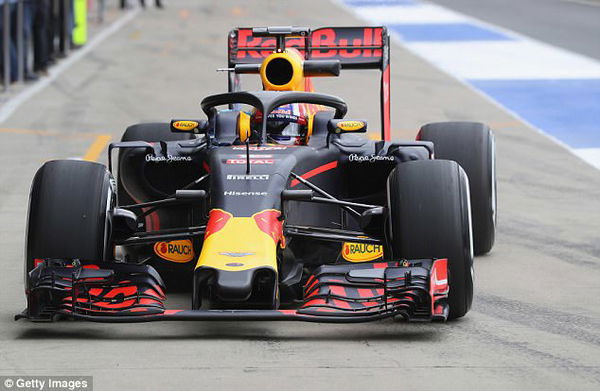

Williams Chief Technical Officer Paddy Lowe pinpoints the problem with the Halo to be weight-oriented. However, he did not rule out aerodynamic effects. But the HALO problem largely stems in the weight. This will likely have a huge impact on the design and development of the 2018 Formula 1 cars.
According to Lowe, although the overall weight limit of the car has been increased by six kilograms, the significant weight increase has had an impact. Only those teams who minimise this impediment will have an advantage early on.

via Imago
Williams Technical director Paddy Lowe
Lowe feels that the weight increase will have a bigger effect on the heavier drivers on the grid. His solution was to increase the weight limit a little more. Paddy Lowe said, “The weight is probably the biggest thing which people aren’t talking about so much. It is very heavy not just as a component but also the structure you put in to take the loads. Performance-wise it’ll be the weight which will be more significant than the aerodynamic impact which is negligible. The weight limit was put up but not by the amount that it has impacted so I think that’s why it’ll be a challenge to all the teams.”
Paddy Lowe is just one of the many names to highlight the HALO problem. Along with him, the likes of Toto Wolff have also spoken out. Even the drivers have voiced their displeasure but their reasons are more aesthetic or traditionalist in nature. Wolff and Lowe are speaking purely on a technical basis and highlighting how the car’s performance could be affected. In F1, a lighter car is a faster car and even drivers try to lose as much weight as humanly possible just to gain those crucial tenths. A device like the HALO only forces the teams back to the drawing board.

Challenge Your Sports Knowledge!
Solve the puzzle and prove your knowledge of iconic players, terms, and moments.

